Report: Pandemic Dealt a Blow to Internationalization
Diverse: Issues in Higher Education
NOVEMBER 3, 2022
The report found that although 47% of institutions saw accelerating internationalization between 2017 and the start of the pandemic, only 21% described acceleration between 2020 and 2021. The percentage of institutions self-reporting a “high” level of internationalization dropped 15 points, to only 11%.



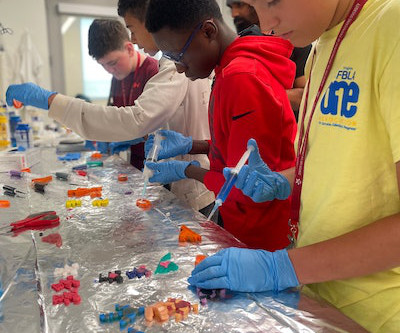
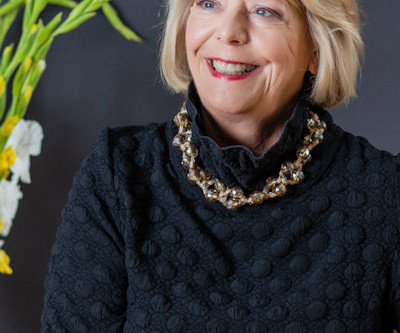


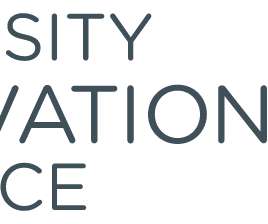

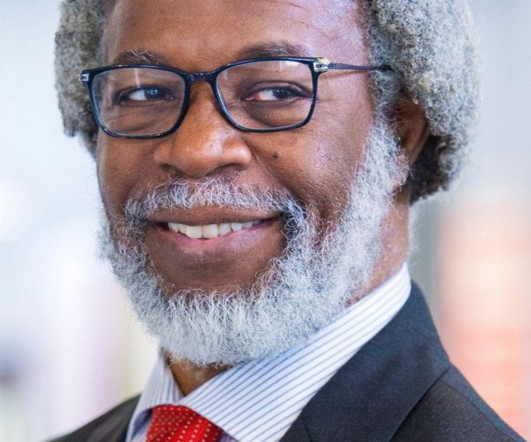
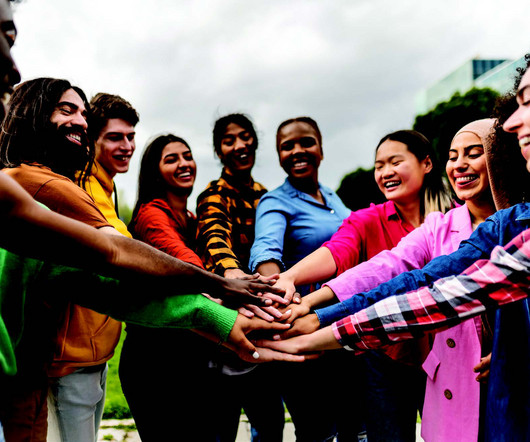






Let's personalize your content